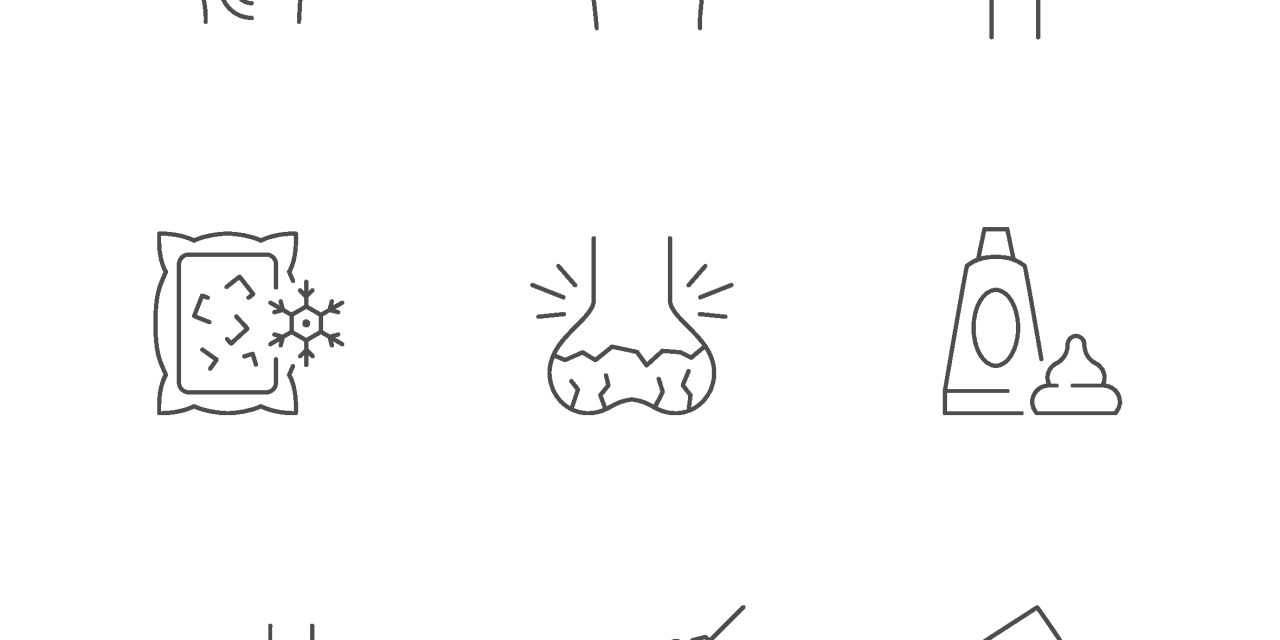The most prevalent rheumatic illness in children is juvenile idiopathic arthritis (JIA). The most frequent extra-articular symptom is JIA–associated uveitis. The primary goal of this study was to assess the prevalence and risk factors for uveitis in a JIA-affected paediatric population. One hundred eight Italian children with JIA were monitored for a total of 13 years. The relationship between uveitis, antinuclear antibodies (ANAs), and arthritis subtype was calculated, and Kaplan-Meier curves were created to determine the likelihood of ocular problems throughout the follow-up period. After 96.5 50.4 months of enrolment, twenty-one individuals developed uveitis. The oligoarthritis subtype has the greatest frequency of uveitis according to JIA subtypes. The highest risk of uveitis was found in oligoarthritis patients with ANA positivity, whereas the worst evolution was seen in oligoarthritis patients with high levels of ANAs, with a progression time of 36 months.
Patients with ANA-positive oligoarticular JIA who develop it early are at the greatest risk of developing uveitis. Even if the joint condition is clinically quiet, a periodic ophthalmological follow-up is necessary at regular intervals.


